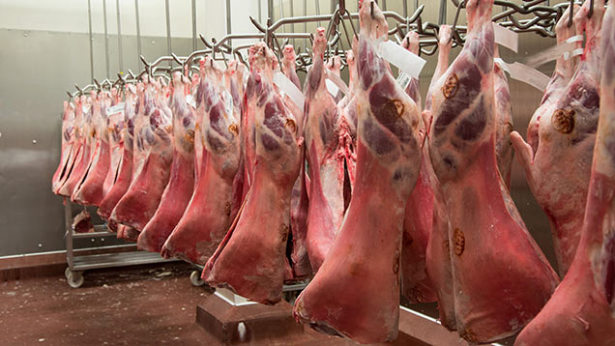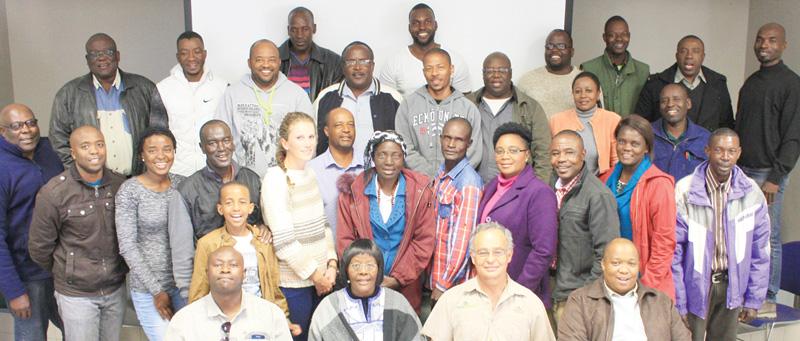
Sheep exports grow in first quarter but slaughter capacity still under-utilised

The Namibian Meat Board this week said that there is a noticeable increase in the total number of sheep exported during the first quarter of this year compared to the first quarter of last year.
The Meat Board said live exports increased by an impressive 32.3% in the quarter on quarter comparison. This is attributed to the higher prices fetched at South African abattoirs for live animals. The sheep export quota system also played a role in the growing exports.
According to the board, all three sheep export abattoirs slaughtered below the 80% capacity despite an increase in the number of sheep slaughtered compared to 2016. The number slaughtered during the first quarter moved from 68,968 in 2016 to 78,789 this year.
An overview of the price fluctuations for A2 grade shows that Lamb prices posted marginal gains in South Africa which resulted in the price difference increasing to N$6/kg in week 16.
Comparing year-on-year, a 12.4% increase in the sheep slaughtered at the export abattoirs is observed.
Good rainfall and better grazing conditions led to larger volumes exported with 18,230 sheep slaughtered at B and C class abattoirs in South Africa. This is equivalent to an 8.6% market share.
Increased price differences have a direct impact on the live exportation as the price is more appealing in South Africa. Despite the price differences, producers are still compelled to slaughter at the Namibian abattoirs as per the regulations of the small stock marketing scheme.
The Northern Cape prices remain firm despite the slight decrease as a result of an oversupply of A2 grade sheep carcasses in the market from Namibia and within South Africa. With regards to the C2 grade prices, a decreasing trend can be seen in the Namibian sheep prices specifically, decreasing from N$44.33/kg in February to N$38.33/kg in week 16.
The Keetmanshoop abattoir slaughtered at 50% capacity. The output is mostly due to the fact that Brukarros does not slaughter sheep every day and therefore the sheep slaughter capacity alone is much smaller than the Aranos and Mariental abattoirs. Farmers Meat Market only used 25% of its capacity but this is due to the fact that it has a much bigger capacity than the other two.
Despite the drought, producers failed to fully make use of the marketing measures in place for the exportation of sheep without export quota.. No sheep was exported under the too-lean-too-small scheme and under the fat tail exemption scheme. The fact that both schemes are under- or not utilized at all can be attributed to the fact that producers complain about the administrative hassles surrounding both schemes.
However, from January to March 2017, 99% of the sheep was exported under the sheep quota system with only 3 animals exported for breeding purposes.













































